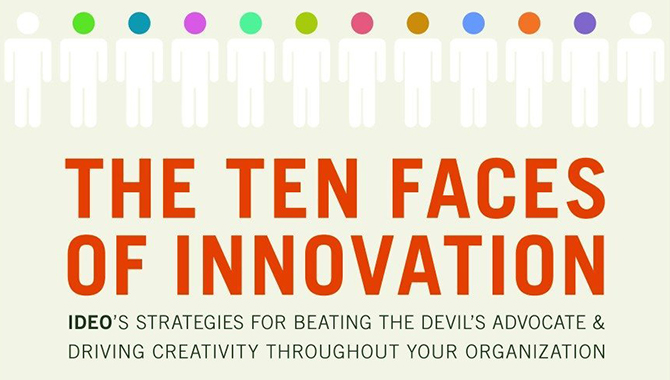By Laurence Prusak
In our Western culture, to manage means to control. Especially in organizations, management of traditional resources like land, labor, and capital means being able to count and measure them, move them around, buy and sell them, and, in general, have complete control of them.  It’s not surprising that many business schools use the word �control� to describe their accounting courses. And �command and control� is an approach, borrowed from the military, that defines the way most large, twentieth-century organizations function.
It’s not surprising that many business schools use the word �control� to describe their accounting courses. And �command and control� is an approach, borrowed from the military, that defines the way most large, twentieth-century organizations function.
The control mind-set has always presented a real challenge to what has been called knowledge management. Clearly, knowledge is a very different kind of thing from those other, traditionally recognized sources of wealth. Knowledge is intangible and invisible, and there is rarely agreement within organizations as to exactly what it is. Yet it is what differentiates one organization from another. NASA knows how to do some things that no other organization knows how to do. Individual knowledge is aggregated and bundled into capabilities and capacities that allow NASA, for example, to launch the Space Shuttle or design spacecraft to explore the outer planets. The same holds true for countries, firms, and any other social organism that is directed toward a specific goal. Knowledge gets them where they want to go.
But when organizations, recognizing that knowledge is a critical resource, try to do something about their knowledge, they run into the control dilemma that is probably inherent in the term knowledge management. Managers naturally try to manage it. This is exactly what often happened in the first decade of what came to be called knowledge management. Organizations that came to believe that developing and using knowledge effectively was vital to their success tried to use all the tools at their disposal to manage it—that is, to control it.
Those attempts led to much frustration and wasted effort. You can’t manage, in any traditional sense of the word, what you can’t see, count, move, or even clearly define. And knowledge—so much of which resides in the heads and hands of individuals and groups and has meaning in particular contexts—is especially resistant to outside control.
But we do need to find ways to increase the efficiency and effectiveness of knowledge work. We need to encourage knowledge seeking and sharing. We need to provide favorable conditions for innovation—that is, the creation of new knowledge. At NASA, successfully turning the new Vision for Space Exploration into a reality will depend on making the most of our knowledge resources and sharing and developing knowledge effectively with contractors. We have to pay attention to knowledge.
But if control doesn’t work, what should we be doing?
Well, one place to start is to talk more about a knowledge perspectiveand less about knowledge management. A knowledge perspective emphasizes appreciating the value of knowledge, using it as best as one can, talking about it, and striving to work with it, while recognizing that it cannot be neatly packaged in databases or made to thrive by executive order. Such a perspective could counteract and, eventually, replace misguided attempts to manage knowledge by using all the wrong tools.
What would this mean in practice? Here are a few recent examples of applying a knowledge perspective that I am aware of:
- Explicitly making knowledge a key input and output of project work. This includes trying to identify what knowledge is needed to accomplish a project, determining how it can be obtained and used, and devising ways of retaining project knowledge and communicating it to other projects that could use it, emphasizing shared experience and direct contact over lessons learned databases.
- Using knowledge in the form of stories and cases to give employees a rich understanding of their organization’s values and culture. Both NASA and Petrobras, the Brazilian energy firm, do this well.
- Using organizational design to better develop and exploit knowledge. This includes fostering practice-based or theme-based knowledge communities. Northrup Grumman and Fluor are two firms that invested in community development and support.
- Evaluating workers in terms of their effective use of knowledge and promoting the outstanding performers. Effective knowledge use can mean anything from mentoring, which is often focused on knowledge as to how the organization works, to developing, seeking, and sharing more technical or domain-oriented knowledge.
This list could go on and on, but I think you get the point. Think about the importance of knowledge in any operation you are involved in and how it is being used. Then try to imagine how it could be used better—without worrying about measuring its exact features or attributes or thinking you need to build an elaborate system to capture or control it. Just do it. You will find the effort well worth your time and you will be well on the way to developing your own knowledge perspective and making the most of this essential resource for work.






